Advantages of Using All-Electric Injection Molding Machine
Advantages of Using All-Electric Injection Molding Machine
The manufacturing industry has witnessed a significant transformation with the introduction of all-electric injection molding machines. These advanced systems have revolutionized plastic injection molding processes, offering numerous benefits over traditional hydraulic and hybrid machines. As industries strive for greater efficiency, precision, and sustainability, all-electric machines have emerged as the preferred choice for modern manufacturing facilities.
Superior Energy Efficiency
One of the most compelling advantages of all-electric injection molding machines is their exceptional energy efficiency. Unlike hydraulic machines that continuously run pumps to maintain pressure, all-electric machines consume power only when performing specific actions. This targeted energy use results in significant electricity savings, typically ranging from 40% to 70% compared to hydraulic alternatives.
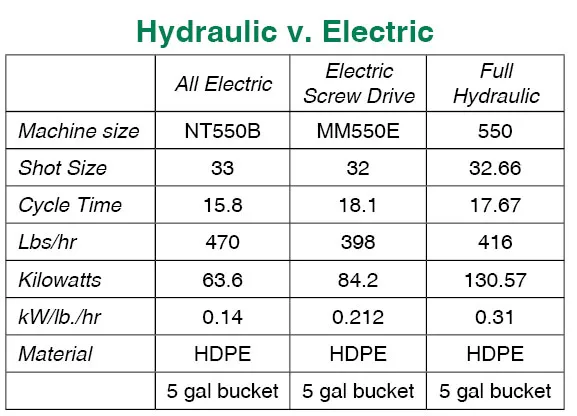
Comparison of energy consumption between hydraulic and all-electric injection molding machines
The energy efficiency of all-electric machines stems from their use of servo motors for each function (injection, clamping, ejection, etc.). These motors activate precisely when needed and remain idle otherwise, eliminating the constant energy drain associated with hydraulic systems. This not only reduces operational costs but also contributes to a smaller carbon footprint, aligning with modern sustainability goals.
| Machine Type | Average Energy Consumption (kWh) | Energy Cost Savings (%) | CO2 Reduction (tons/year) |
|---|---|---|---|
| Hydraulic | 45,000 | 0 | 0 |
| Hybrid | 30,000 | 33% | 7.5 |
| All-Electric | 18,000 | 60% | 13.5 |
Enhanced Precision and Repeatability
All-electric injection molding machines deliver unparalleled precision in manufacturing processes. The servo motor technology allows for exact control of speed, position, and pressure throughout the injection molding cycle. This precision translates to higher quality products with consistent dimensions and properties, even during long production runs.
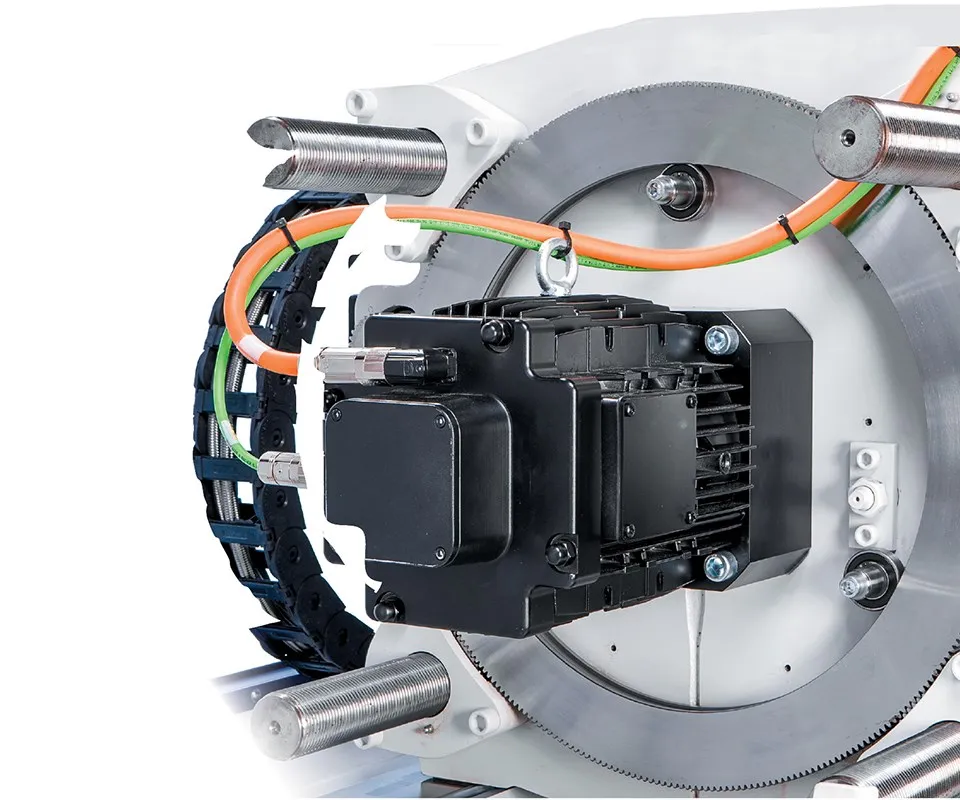
Servo motor components enabling precise control in all-electric injection molding machines
The digital control systems in all-electric machines maintain exceptional repeatability, with deviations typically less than 0.01mm. This level of accuracy is crucial for manufacturing components with tight tolerances, such as medical devices, optical parts, and precision engineering components. The elimination of hydraulic fluid also removes variables related to temperature-induced viscosity changes, further enhancing process stability.
Applications Benefiting from Enhanced Precision
- Medical devices and components
- Optical lenses and light guides
- Micro-components for electronics
- Precision gears and mechanical parts
- Thin-walled packaging
Improved Cleanliness and Reduced Contamination
The absence of hydraulic oil in all-electric injection molding machines eliminates the risk of oil leakage and contamination. This creates a much cleaner production environment, which is particularly important for industries with strict hygiene requirements, such as medical, pharmaceutical, and food packaging.
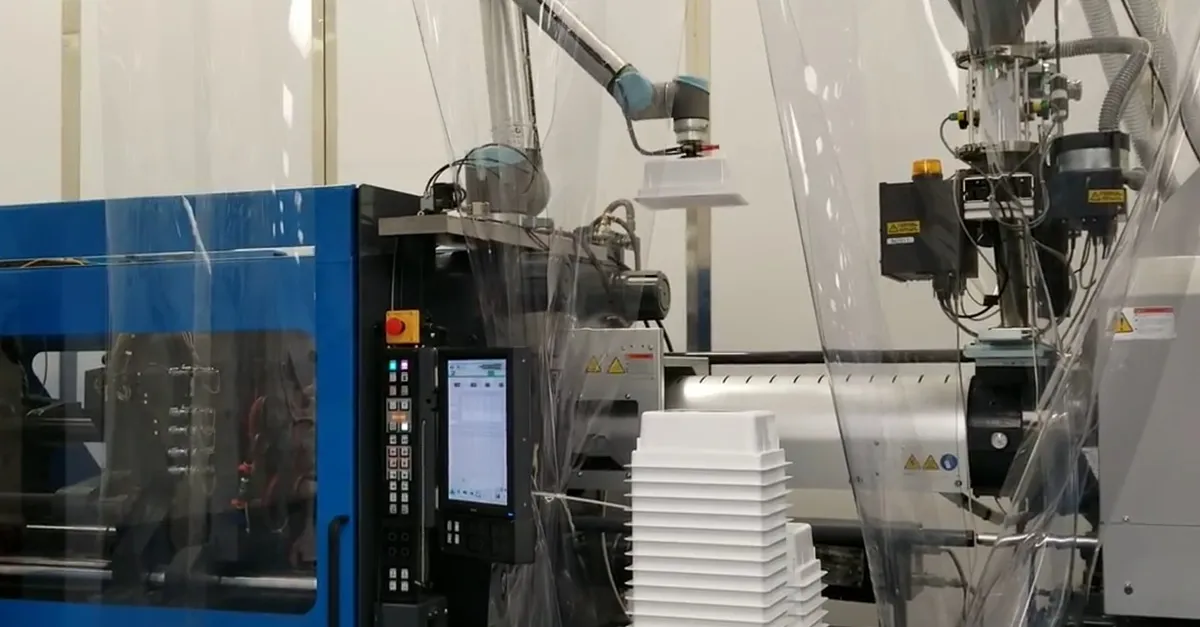
Clean production environment enabled by all-electric injection molding machines
Without hydraulic fluid, manufacturers avoid issues related to oil leaks, filter changes, and fluid disposal. This not only reduces maintenance requirements but also prevents product contamination that can result from oil mist or leaks. The cleaner operation also contributes to better working conditions for operators and reduces the need for extensive cleanup procedures.
Quieter Operation
All-electric injection molding machines operate significantly quieter than their hydraulic counterparts. While hydraulic machines typically produce noise levels of 70-80 decibels, all-electric machines operate at around 60-65 decibels, creating a more pleasant working environment. This noise reduction is achieved by eliminating hydraulic pumps and the associated fluid movement.
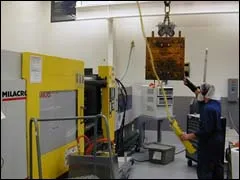
Reduced noise levels allow for more comfortable working conditions
The quieter operation contributes to improved worker satisfaction and communication on the production floor. It also reduces noise pollution in facilities where multiple machines are operating simultaneously, potentially eliminating the need for hearing protection in many cases.
Faster Cycle Times
All-electric injection molding machines often achieve faster cycle times due to their ability to perform simultaneous movements. While one servo motor is injecting material, another can be preparing the next cycle stage, optimizing the overall production process. This parallel processing capability can reduce cycle times by 15-25% compared to hydraulic machines.
| Operation | Hydraulic Machine (seconds) | All-Electric Machine (seconds) | Time Savings |
|---|---|---|---|
| Injection | 5.2 | 4.8 | 8% |
| Cooling | 12.5 | 11.2 | 10% |
| Mold Opening | 3.8 | 2.9 | 24% |
| Ejection | 2.5 | 2.1 | 16% |
| Total Cycle | 24.0 | 21.0 | 13% |
Reduced Maintenance Requirements
The simplified mechanical design of all-electric injection molding machines translates to reduced maintenance needs. Without hydraulic systems, manufacturers eliminate concerns about oil leaks, filter changes, hose replacements, and fluid contamination. The primary maintenance requirements focus on regular lubrication of ball screws and occasional servo motor maintenance.
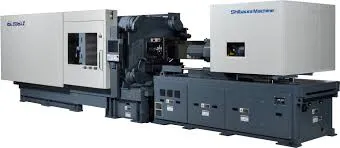
Simplified mechanical design reduces maintenance requirements
This reduction in maintenance not only lowers costs but also increases machine uptime and productivity. Many all-electric machines feature self-diagnostic systems that alert operators to potential issues before they become serious problems, further enhancing reliability.
Environmental Benefits
All-electric injection molding machines offer significant environmental advantages beyond energy savings. The elimination of hydraulic oil removes the risk of soil and water contamination from leaks and spills. Additionally, these machines don't require oil disposal, which is both an environmental concern and a cost factor for hydraulic machines.
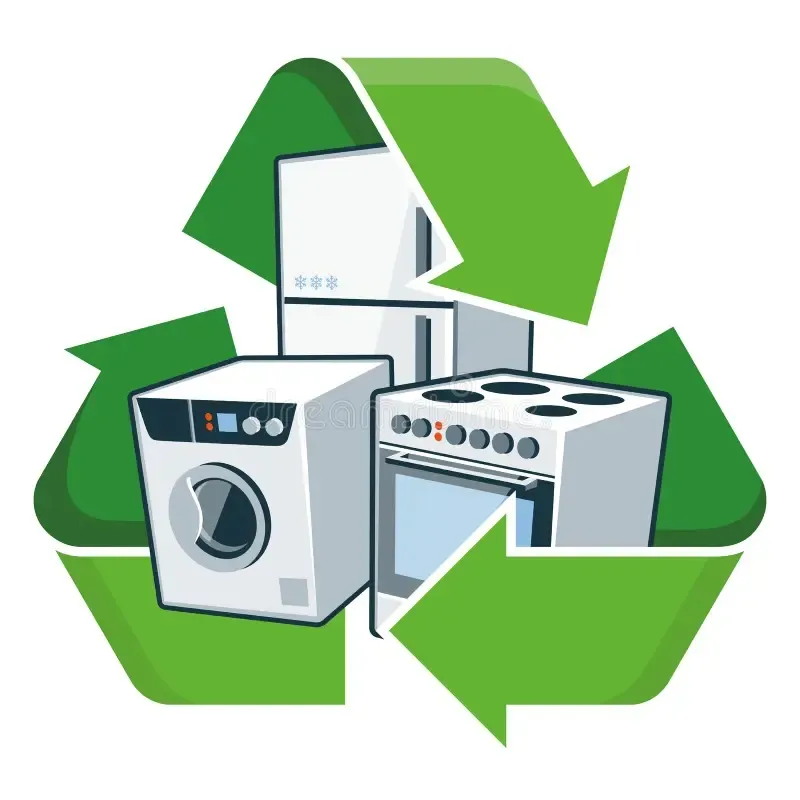
All-electric machines contribute to more sustainable manufacturing practices
The reduced energy consumption directly translates to lower greenhouse gas emissions, especially in regions where electricity generation relies on fossil fuels. As manufacturers face increasing pressure to adopt sustainable practices, all-electric injection molding machines provide a clear path toward greener manufacturing.
Advanced Control and Connectivity
Modern all-electric injection molding machines feature sophisticated digital control systems that offer unprecedented process monitoring and adjustment capabilities. These systems provide real-time data on production parameters, allowing for precise optimization and quick response to any process deviations.
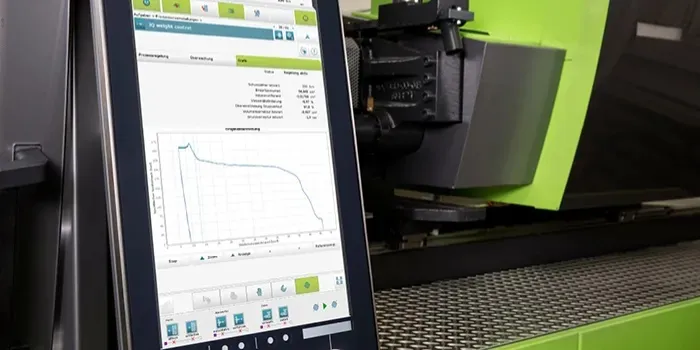
Advanced digital control interface for precise process management
The connectivity features of these machines support Industry 4.0 initiatives, enabling integration with manufacturing execution systems (MES), enterprise resource planning (ERP) systems, and other smart factory technologies. This connectivity facilitates predictive maintenance, remote monitoring, and data-driven decision making for continuous process improvement.
Industry 4.0 Integration Capabilities
- Real-time production monitoring
- Predictive maintenance alerts
- Remote access and troubleshooting
- Data collection for quality assurance
- Integration with factory automation systems
Long-Term Cost Effectiveness
While the initial investment in all-electric injection molding machines may be higher than hydraulic alternatives, the total cost of ownership is often lower. The combination of energy savings, reduced maintenance costs, higher productivity, and longer machine life typically results in a favorable return on investment within 2-3 years for many operations.
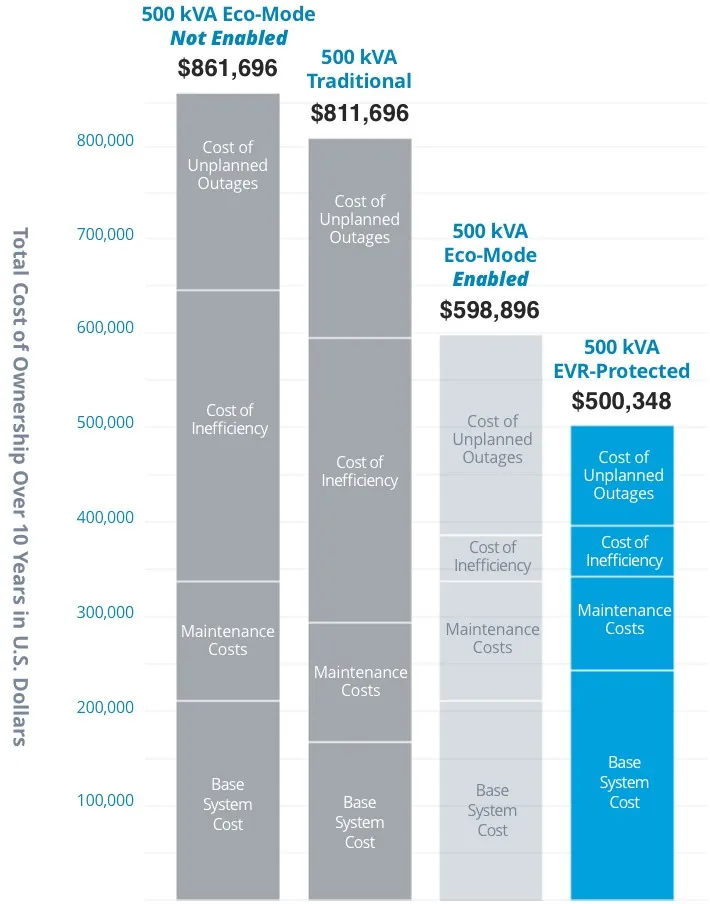
Long-term cost comparison showing advantages of all-electric machines
Additionally, the superior precision and consistency of all-electric machines can reduce material waste and minimize rejected parts, further contributing to cost savings. As energy prices continue to rise and environmental regulations become stricter, the economic advantages of all-electric technology are likely to increase.
Conclusion
All-electric injection molding machines represent the future of plastic manufacturing, offering significant advantages in precision, efficiency, cleanliness, and sustainability. While the initial investment may be higher, the long-term benefits in reduced operating costs, improved product quality, and environmental performance make them an increasingly attractive option for manufacturers worldwide.
As technology continues to advance, we can expect further improvements in all-electric machine capabilities, including enhanced connectivity, smarter control systems, and even greater energy efficiency. Manufacturers looking to stay competitive in an increasingly demanding market would be well served to consider the transition to all-electric injection molding technology.

